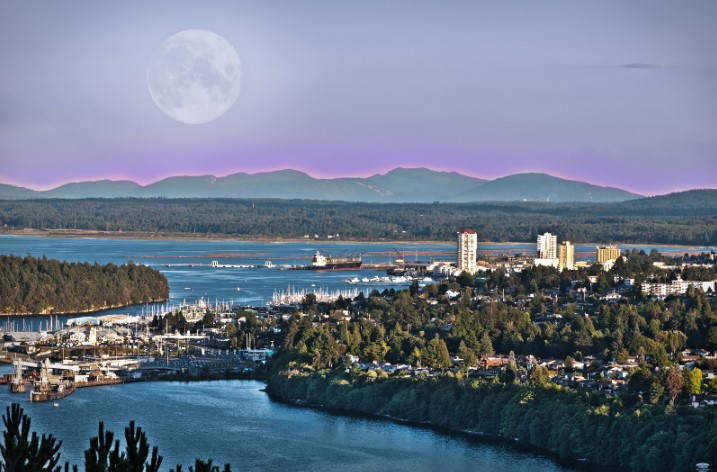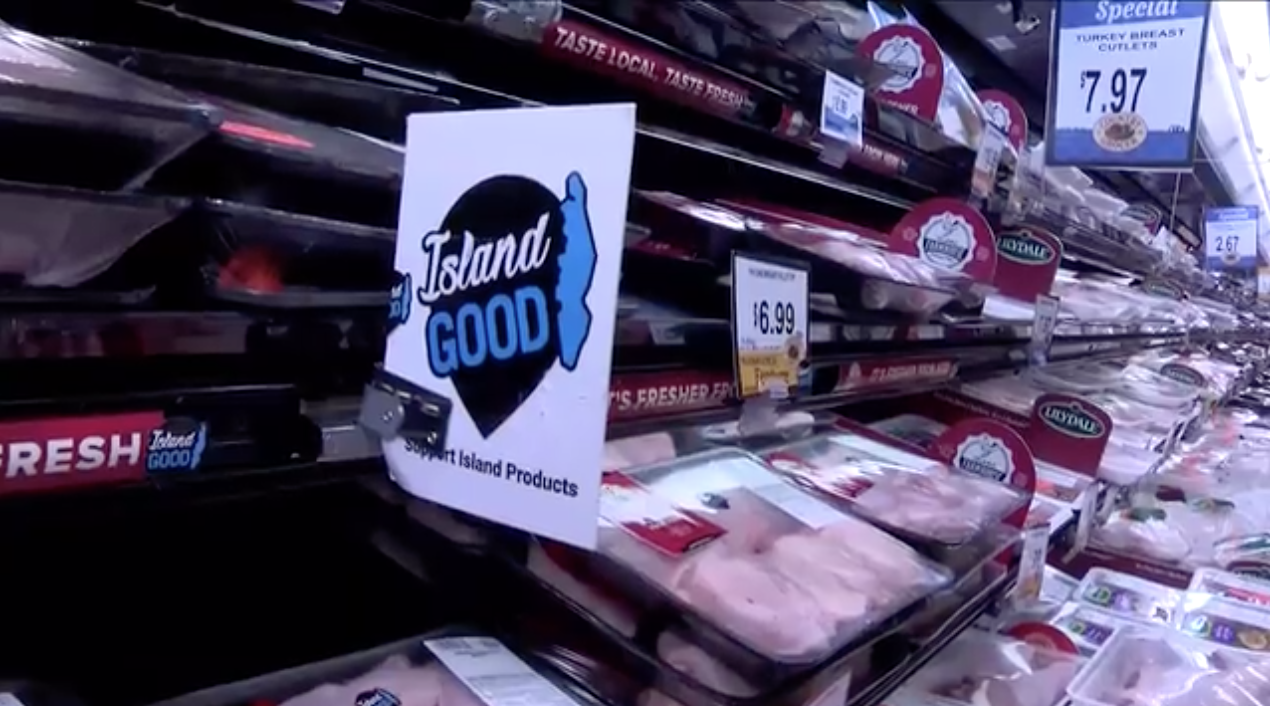Vancouver Island
Located off the southwestern corner of British Columbia, Canada, Vancouver Island is the largest island on the West Coast of North America, stretching 460 kilometres (290 mi) from Victoria in the south to Cape Scott at its northern tip… and approximately 100 kilometres (62 mi) at its widest point. For comparison, the Vancouver Island land mass of 32,134 sq. km (12,407 sq mi) is about equal to that of the Country of Taiwan. In North American terms, the Island is considerably larger than states such as Vermont, Connecticut, New Hampshire, Rhode Island, and Massachusetts. With over 870,0000 residents, Vancouver Island’s population is larger than the respective populations of Prince Edward Island, Newfoundland and Labrador, and New Brunswick, and is pushing towards the population of Nova Scotia. Even the provinces of Saskatchewan and Manitoba with populations of 1.1 and 1.2 million are not beyond comparisons with Vancouver Island.
Victoria, the capital of British Columbia, sits at the southernmost tip of Vancouver Island. Victoria is well-known for its picturesque harbour historic downtown, featuring the oldest Chinatown in Canada. At the northern tip of the Island sits the rugged beaches and windswept bluffs of Cape Scott. Vancouver Island and the Gulf Islands are dotted with eclectic communities that range from fishing villages and surfing towns to bustling cities. Use the left-hand menu to learn more about Vancouver Island’s key features.
Learn more about Vancouver Island’s key economic sectors, including fishing, forestry, agriculture, education, tech, tourism, and healthcare.
For more detailed regional information and statistics, consult recent editions of the State of the Island Economic Report or the interactive Economic Map.






